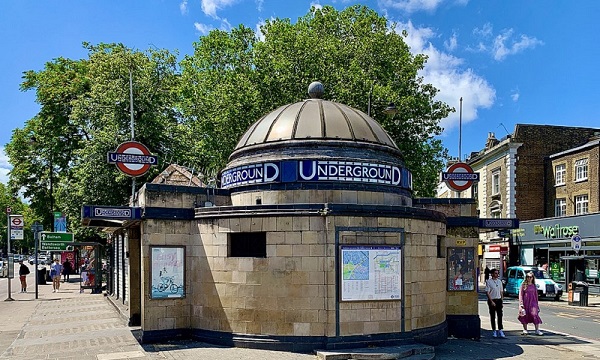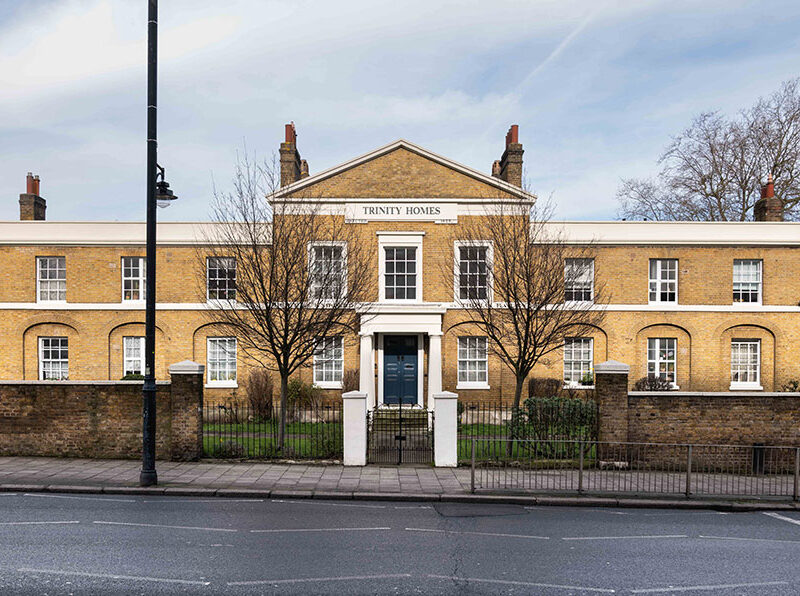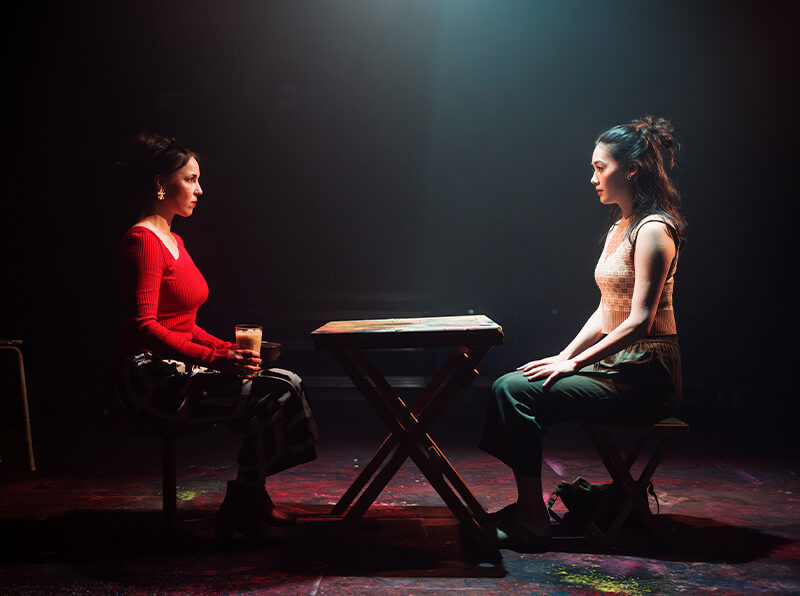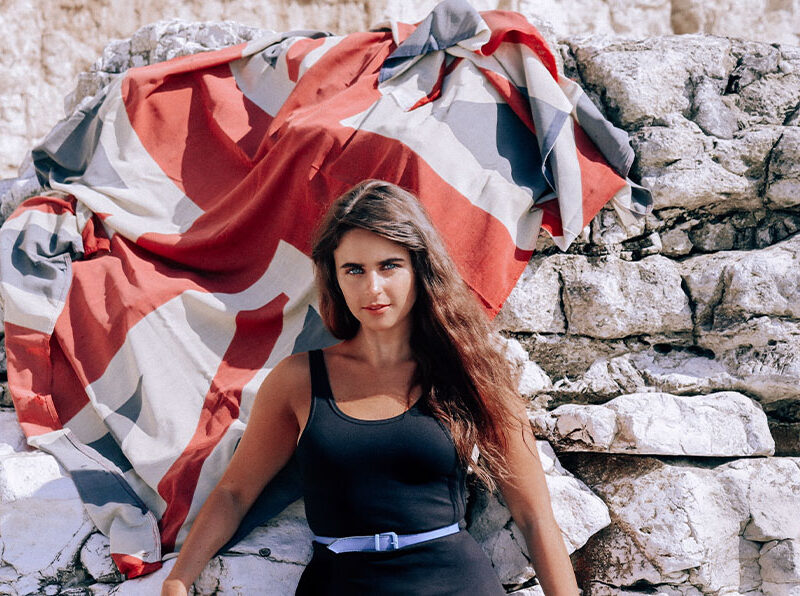Clapham, your ultimate area guide
Clapham

Introduction to Clapham
Green belts of idyllic landscapes, the comforts of London life seasoned with a pinch of suburban serenity, the famous clock tower, Australians, and a historical sect of abolitionists are the images Clapham has conjured up in an average Londoner for the past decades – if not centuries.
Impressive as it is, it’s far from everything Clapham has to offer. Its origins as a settlement date back to Roman times – Clapham High Street, to be exact, is recorded on a stone erected by a man named Vitus Ticinius Ascanius in the 1st century AD.
The town itself started around the 800’s as a Saxon village. Its original name was Clopp Ham, which means village (ham) by the short hill (clopp). But it took Clapham another thousand years to start thriving.
17th century saw a plethora of wealthy merchants flocking into the village tempted by its proximity to London combined with rural tranquillity. Timothy Walker in his book ‘The First Clapham Saints’ says that “Clapham had become a centre for Puritan merchants well before the Civil War” and in 1664 Sir Roger L’Estrange described Clapham as a “Whig-Warren.”
Many of the merchants had strong connections to North America – John Beauchamp and James Sherley were among the original financiers of the Mayflower (Sherley being one of the two Treasurers).
By 1900 – when the railways and the underground finally reached Clapham, changing it into a proper suburb, the area fell out of favour with the upper classes, hence the familiar “man on the Clapham omnibus”. By the 1980s Clapham became increasingly gentrified – today, it welcomes affluent professionals and young students alike.
Download for later
To see
There is no landmark more characteristic for Clapham than its signature Clock Tower on the High Street. Unveiled at a ceremony in 1906, it was given to the Parish of Clapham by Alexander Glegg, Mayor of Wandsworth (which included Clapham at the time). Romantic as it looks, the original tower was however dismantled and rebuilt when the new booking hall was built below.
Another interesting High Street artefact is the Library Letters. Produced by Andrew Logan in his signature mirror mosaic style and made from items and mementoes donated by the good residents of Clapham, they are a fabuluos fixture in the Clapham landscape – and so very instagrammable, too.
After the compulsory selfies with the tower and the letters, head towards Venn Street Market. Open every Saturday between 10 am and 4 pm, this local community food market works directly with farmers and small independent producers, guaranteeing that all goods are locally sourced and seasonal. From fruit to bread to fish to street food, this place is a foodie’s paradise. Also worth a visit, if eco eating is your thing: zero-waste store The Source Bulk Foods.
Since it was founded in 1994 by a collective of twelve artists, Studio Voltaire has been running a programme of exhibitions, performances, events and education projects as well as providing affordable studios. It platforms artists established and just starting out, British and international – and their beautiful space on Nelson’s Row is very much worth paying a visit.
On the subject of fine arts, head to Voltaire Road to see the remarkable mural commissioned by Tsunami Restaurant and painted by Olivier Roubieu, an artist based in London. It is as masterful as it is detailed. And you will fall in love with her eyes.
And, don’t miss the Clapham Leisure Centre’s spectacular lighting show! Comes on at sunset, every day.
To play
When it comes to good fun, Clapham has a lot to offer. Clapham Common, a gorgeous, massive (220 acres!) green space with three ponds, a Victorian bandstand and a large variety of trees both old and relatively new, this beautiful park provides a lot to keep children and adults entertained. Many of the large trees on the Common were planted before 1895 and now exist as stately specimens of London Plane and Lime (Linden). But the efforts to increase the Common’s biodiversity never cease. The Friends of Clapham Common are working actively to enhance the beauty and character of the park and have planted more than 150 trees since 2008. Also, a memorial tree to actor Jeremy Brett – yes, the Sherlock Holmes – was planted in 2007.
It also has Holy Trinity Clapham, an 18th-century church and a spiritual home to the famous Clapham Sect.
Clapham Common is packed with sports facilities and welcomes quite a few (tens of) joggers every day, yet it doesn’t feel overcrowded. It is home to football, football, hockey, lacrosse, rugby, softball and even ultimate Frisbee players and fitness lovers, boasting fantastic outdoor fitness areas with gym equipment. Besides, it also offers a bowling green, cricket nets, ping pong table, tennis courts and even a model yacht club and urban gardening activities.
If that’s not enough sport for your liking, Clapham Leisure Centre offers state of the art gym facilities for adults and children alike. It includes two swimming pools, a well-equipped gym, a 4-court sports hall, and classes such as power pump, yoga and group cycle.
Just off the Common is Omnibus Theatre, specializing in ambitious fringe shows. Theatre lovers should also head to the Bread and Roses pub that stages small, independent shows in its cosy environment. The art scene also includes the Clapham Book Festival that presents a number of exclusive literary events every year.
Or, if you prefer the screen to the stage, spend an evening watching the magic of film come alive at the Clapham Picture House. Catering to a large variety of tastes, this unique and cosy cinema shows Hollywood blockbusters and indie gems alike.
There are also charity shops galore in Clapham. Both standards (don’t we all love the Royal heart Foundation and their racks full of wonders?) and indie stores are present around the High Street and Common station, and, given the tastes of young professional Claphamites, you can expect to find some real treasures if you’re willing to do a bit of digging through the rags.
For football lovers, Clapham Rovers F.C., winners of the FA Cup in 1880, was based in Clapham.
And lastly, if you fancy yourself a bit of adventure, head to the Four Thieves pub and take part in Lady Chastity’s Reserve (by Handmade Mysteries, one of the foremost escape room brands in the UK). The story, simultaneously dark and comedic, guarantees an hour of immersive fun as you’re looking for as you attempt to win Chastity’s fabled aphrodisiac wine.
To eat
SW London is no stranger to impressive dining options, and Clapham is no exception. Head to the Bistro Union for some fancy spin on a quintessentially British menu or to Mamalan and enjoy cracking Chinese cuisine with some bubble tea. Take a selfie at the Minnow (trust us – you will want to!) or choose WC (Wine & Charcuterie – but yes, it was once a public toilet) for your dinner date. Hache offers “London’s best burgers” and Brickwood boasts “London’s best cold brew”. For pizza, look no further than Joe Public that serves up gargantuan slices in true NYC style, and for a hearty Sunday roast head to The Bobbin.
On the subject of eating, plenty a long-time Claphamite remembers the famous Batger’s factory. This famous confectionary company was started in 1748 by Miss Batger, a member of a leading family of sugar refiners and soon after rose to prominence. By the end of the 19th century, it employed 750 people during the Christmas period, and only continued to develop as it secured the contract to provide jam for the army during the First World War. It produced a selection of well-known and well-loved sweet treats, including Chinese figs, Silmo’s lollies and Jersey Caramels. To celebrate the end of sweet rationing in February 1953, sweets were handed out to children at the factory gate. Unfortunately, the last original line was discontinued in 2000, but the factory remains in the memory of many Londoners.
To drink
Clapham offers an impressive variety of bars and pubs. Head to Venn St. Records for a bit of classic drinking, dancing, pizza and music to the late hours, or choose Over Under that transforms from a chill café by day to a trendy cocktail bar by night. For the safe option, BrewDog Clapham offers a great selection of beers and cool upholstery with some cool board games in between pints. To celebrate some of London’s brightest LGBTQ+ talents, opt for the fab Arch, and for a little tropical escape, enjoy an extravagant cocktail (doesn’t Wiki Tiki Done sound just amazing?) at the Tropix. For wine aficionados, Dvine Cellars opens its doors for tastings, bespoke events and pairings. And if you’re in the mood for some really crazy Friday and Saturday fun (or both) with other trendy young Claphamites, join the dance party at Two Brewers or the Infernos.
To know
- There is no way to talk about Clapham without mentioning the Clapham Sect. The group of wealthy City merchants (mostly evangelical Anglican) social reformers who lived around the Common was very prominent in campaigns for the abolition of slavery and child labour, and for prison reform. After many decades the group finally saw their work paying off – the Slave Trade Act in 1807 banned the trade throughout the British Empire and, after many further years of campaigning, the total emancipation of British slaves became reality with the passing of the Slavery Abolition Act in 1833.
- Clapham Common was home to Elizabeth Cook, the widow of Captain James Cook the explorer. She lived in a house on the common for many years following the death of her husband.
- Adam Worth, the prototype for Sherlock Holmes’s nemesis, Professor Moriarty, has moved to Clapham in 1886 under the name of Henry J Raymond. He lived in the West Lodge, an old house on Clapham Common North Side.
- Much of southern Battersea is often incorrectly referred to as Clapham, because of the misnomer of Clapham Junction railway station. In fact, the station is located in Battersea and was originally named Battersea Junction by its architect. It is said to be, however, the busiest train station in Europe, with over 2,000 trains passing through it every day. It also gave a nickname to a prehistoric site on Malta, Misrah Ghar il-Kbir, best known for its “cart ruts”, a complex network of tracks carved in the rock.
- In the early 1770s, Benjamin Franklin used the large pond in Clapham Common for his science experiments “I fetched out a cruet of oil and dropt a little of it on the water … though not more than a teaspoon full, produced an instant calm over a space of several yards square.” He later used the trick to “calm the waters” by carrying “a little oil in the hollow joint of my cane.”
- During World War II, storage bunkers were built on the Battersea Rise side of the common; two mounds remain.
- Novelist Graham Greene lived at 14 Clapham Northside during World War II. The Common is also at the heart of his best-loved work, The End of the Affair. Take a walk through the park to see Greene’s Blue Plaque and head towards St Mary’s, described at the climax of the novel as “the dark church at the corner of Park Road – a Roman Catholic church full of plaster statues”.
Time & Leisure magazine
Time & Leisure magazine began life in Wimbledon in 1997. Tony Kane founded a bi-monthly ‘Arts in Wimbledon’ title and it soon became a flourishing family business. His daughter Lucy Kane was one of the founding team and it became the local lifestyle magazine for Wimbledon and Putney. It was published from Tony’s home in Wimbledon for the first five years until Lucy took over the publication in 2002. She created the brand we are familiar with today and launched it into a monthly lifestyle magazine. She expanded the portfolio, launching new editions in Clapham, Battersea, Fulham, Kingston and Surrey as well as the website. It remains the number one lifestyle magazine for SW London and Surrey, delivered to high net worth residential homes every month.
Find out about advertising in Time & Leisure magazine: www.timeandleisuremedia.co.uk







